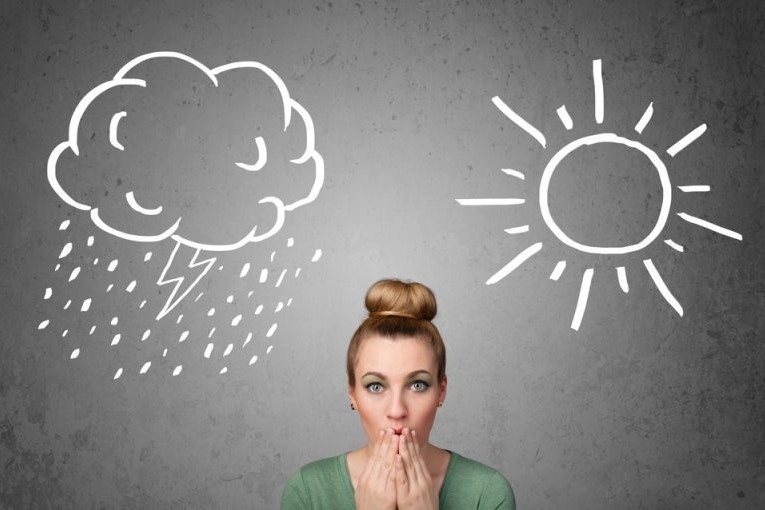
Meteoropathy, what it consists of and what are the treatments
Although shrouded in a halo of perplexity, in reality meteoropathy (or weather pains)is a medical condition with the oldest descriptions
Hippocrates, considered the father of medicine, spoke of the ‘sirocco syndrome’ and taught his medical students to remember the effect the seasons can have on their patients’ ailments.
The French philosopher Voltaire became depressed at the first signs of autumn, the writer Wolfgang Goethe was particularly sensitive to the wind.
Symptomatology of Meteoropathy
The main symptoms of meteoropathy, or atmospheric pain, are tiredness, lowered or increased blood pressure, headaches, sweating, nausea, dizziness, shortness of breath, learning difficulties, insomnia, anxiety, irritability and depression.
Pain can also flare up again.
Our grandparents and those who work in the fields know when the weather is about to take a turn for the worse because their shoulders begin to ache.
And they are never wrong.
WHAT CAUSES THE PAINS OF METEOROPATHY?
The weather factor that affects our physical and psychological well-being more than any other is the air temperature.
But humidity, especially if it is very high, the few hours of sunshine, strong winds such as the tramontana or the hot, humid scirocco that blows in spring and autumn, can also affect our health.
Wind can be particularly harmful for anyone who is sensitive to changes in the weather and symptoms can appear as early as 6-12 hours before it actually starts to rise.
The hypothalamus, a part of the central nervous system located in the central area within the two hemispheres of the brain, is associated with meteoropathy.
Within the hypothalamus is the thermoregulation centre that controls the production and dispersion of heat in order to maintain the body’s core temperature around 37 °C, regardless of the outside temperature.
Metereopathy, and the cure?
Western medicine often has no specific treatment for conditions like this, except to prescribe mild sedatives for irritability, tonics for weakness and painkillers for headaches.
Unless you consider SAD, Seasonal Affective Disorder, which considers the effect on the hypothalamus of certain environmental variations.
And an increasing number of physicians have, over the years, come up to date on this subject.
It was the psychiatrist Norman E. Rosenthal who defined its contours in 1984.
A variation in the production of serotonin (the feel-good hormone) and melatonin (the biological clock) can be considered, at the hypothalamic level, to be the origin of the organism’s difficulty in adapting to changes in temperature, in other words, metereopathy.
In return, the doctor may also prescribe cycles of ultraviolet therapy, or alternatively, if the patient’s clinical picture requires it, the administration of SSRI (serotonin inhibitor) antidepressant drugs.
Read Also
Emergency Live Even More…Live: Download The New Free App Of Your Newspaper For IOS And Android
Meteoropathy: How It Manifests And How To Treat It
SAD, Seasonal Affective Disorder
Winter, Beware Of Vitamin D Deficiency
Vitamin D, What It Is And What Functions It Performs In The Human Body
Depression, Symptoms And Treatment
Paranoid Personality Disorder: General Framework
The Developmental Trajectories Of Paranoid Personality Disorder (PDD)
Reactive Depression: What It Is, Symptoms And Treatments For Situational Depression
Seasonal Affective Disorder (SAD), The Other Name For Meteoropathy
Depression In The Elderly: Causes, Symptoms And Treatment
Depression, Symptoms And Treatment
Narcissistic Personality Disorder: Identifying, Diagnosing And Treating A Narcissist
Intermittent Explosive Disorder (IED): What It Is And How To Treat It
Baby Blues, What It Is And Why It Is Different From Postpartum Depression
Depression In The Elderly: Causes, Symptoms And Treatment
6 Ways To Emotionally Support Someone With Depression



